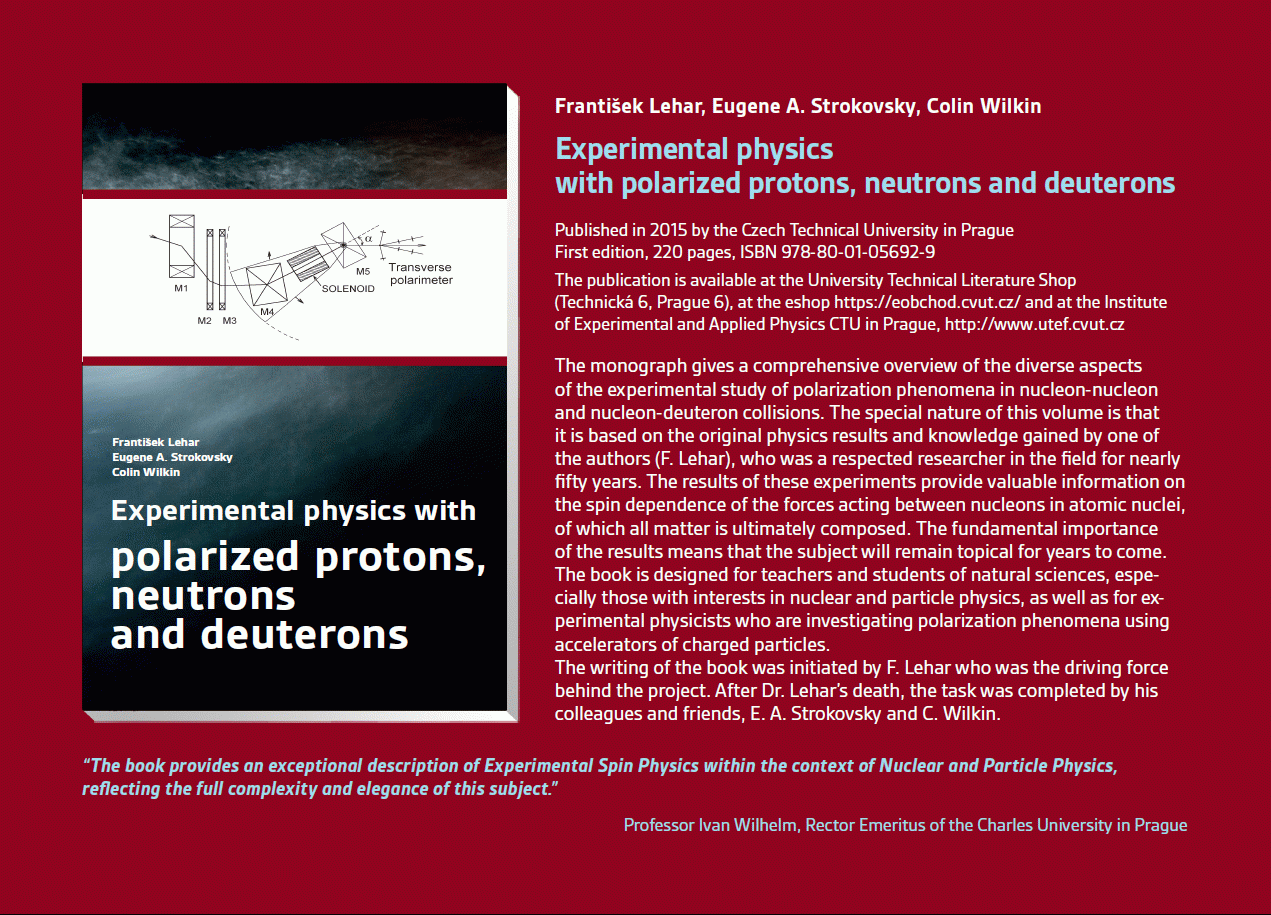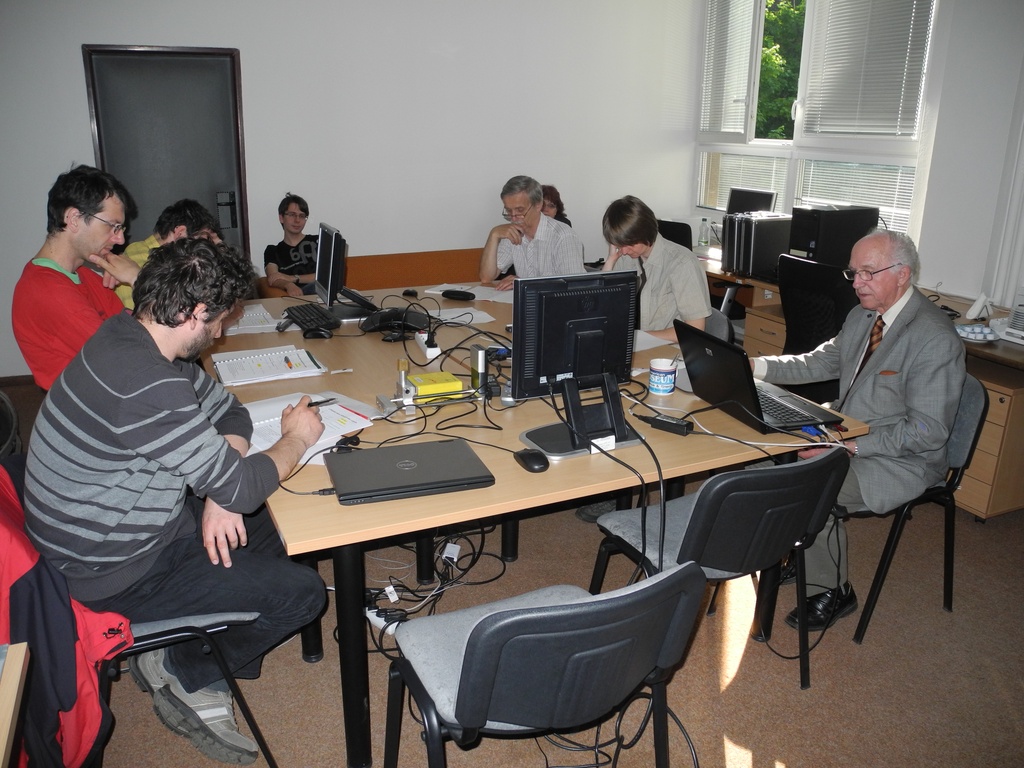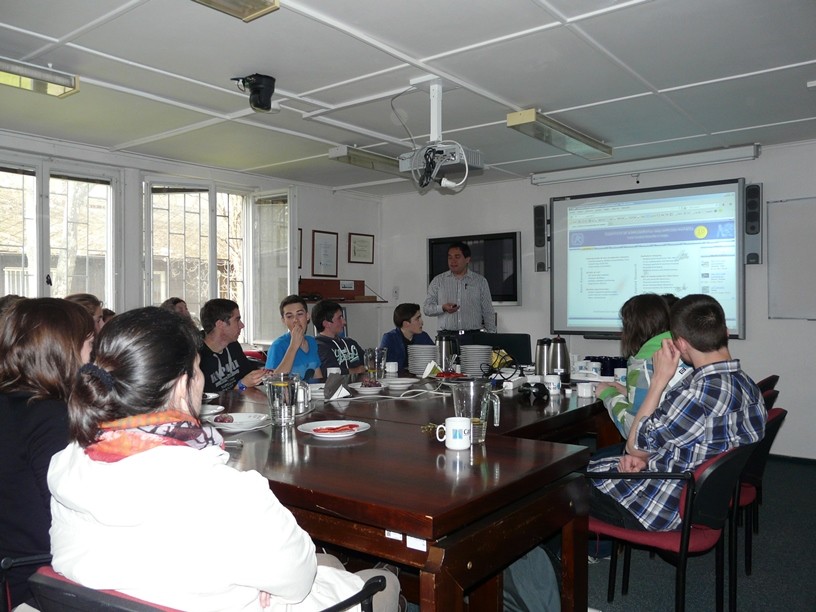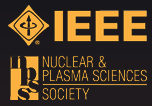Publikace
> Články v impaktovaných časopisech
> 'Radiation hardness properties of full-3D active edge silicon sensors'
Radiation hardness properties of full-3D active edge silicon sensors
Autor
| Da Viá Cinzia | Manchester University, Oxford Road, Manchester M13 9PL, UK |
| Hasi Jasmine | Manchester University, Oxford Road, Manchester M13 9PL, UK |
| Kenney Chris | Molecular Biology Consortium, Chicago, USA |
| Linhart Vladimir, Ing. Ph.D. | UTEF |
| Parker Sherwood | University of Hawaii, 874 Dillingham Blvd, Honolulu, HI 96817, USA |
| Slavíček Tomáš, Bc. | UTEF |
| Watts Stephen | Manchester University, Oxford Road, Manchester M13 9PL, UK |
| Bém Pavel | Nuclear Physics Institute, Academy of Sciences of the Czech Republic, Rez near Prague, CZ-25068, Czech Republic |
| Horažďovský Tomáš, Ing. | UTEF |
| Pospíšil Stanislav, Ing. DrSc. | UTEF |
Rok
2008
Časopis
NIM A 587 (2008) 243–249
Web
Obsah
Full-three-dimensional (3D) pixel sensors, with electrodes penetrating through the entire silicon wafer, were fabricated at the Stanford Nanofabrication Facility, Stanford, California, USA. They have 71-μm-inter-electrode spacing, active edges and a compatible geometry to the ATLAS pixel detector readout electronics. Several samples were irradiated with neutrons to different doses up to an equivalent fluence of 8.6×1015 n1 MeVeq cm−2. This corresponds to the integrated fluence expected after 5 years at the Large Hadron Collider (LHC) with a luminosity of 1035 cm−2 s−1 at 4 cm from the interaction point, where the ATLAS B-Layer is placed. Before and after irradiation, signals were generated by a 1060 nm infrared laser calibrated to inject a charge of 14 fC. This corresponds to 3.5 minimum ionizing particles and should not perturb the charge status of the radiation-induced defects.
After 8.6×1015 n1 MeVeq cm−2 the signal collected was 38% and corresponded to 7200e− for a substrate thickness of 235 μm. Signal efficiency, radiation-induced leakage current and related damage parameters are discussed here and compared with simulations. Full-3D silicon detectors with active edges are being considered for forward proton tagging at the LHC, for the ATLAS pixel B-layer replacement and for the ATLAS pixel upgrade.
Projekty
3D a Semi-3D polovodičové detektory
Radiační odolnost polovodičových detektorů
Polovodičové detektory
Radiační odolnost polovodičových detektorů
Polovodičové detektory
Příklad citace článku:
C. Da Viá, J. Hasi, C. Kenney, V. Linhart, S. Parker, T. Slavíček, S. Watts, P. Bém, T. Horažďovský, S. Pospíšil, "Radiation hardness properties of full-3D active edge silicon sensors", NIM A 587 (2008) 243–249 (2008)
Hledat
Události
21.-22. 11. 2014
Seattle, USA
8-15 Nov 2014
Surrey, Velká Británie
8. září 2014
9. září 2014
24. 4. 2014
3. 4. 2014
Seoul, Korea
27 Oct - 2 Nov 2013
Paris
23-27 June 2013
Anaheim, USA
29 Oct - 3 Nov 2012






 Experimental physics
with polarized protons, neutrons and deuterons
Experimental physics
with polarized protons, neutrons and deuterons Progresivní detekční metody ve výuce subatomové a částicové fyziky
na ZŠ a SŠ
Progresivní detekční metody ve výuce subatomové a částicové fyziky
na ZŠ a SŠ NSS MIC IEEE Conference
NSS MIC IEEE Conference Konference SEPnet, CERN@school
Konference SEPnet, CERN@school Lovci záhad - spolupráce ČT a ÚTEF
Lovci záhad - spolupráce ČT a ÚTEF Progresivní detekční metody ve výuce subatomové a částicové fyziky na ZŠ a SŠ
Progresivní detekční metody ve výuce subatomové a částicové fyziky na ZŠ a SŠ Návštěva v rámci projektu „Listening to the universe by detection cosmic rays“
Návštěva v rámci projektu „Listening to the universe by detection cosmic rays“ NSS MIC IEEE Conference
NSS MIC IEEE Conference 15thIWORID
15thIWORID NSS MIC IEEE Conference
NSS MIC IEEE Conference